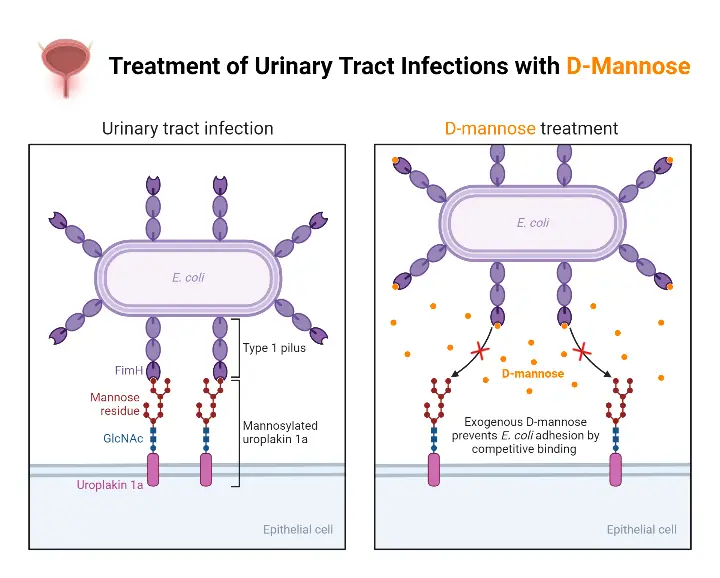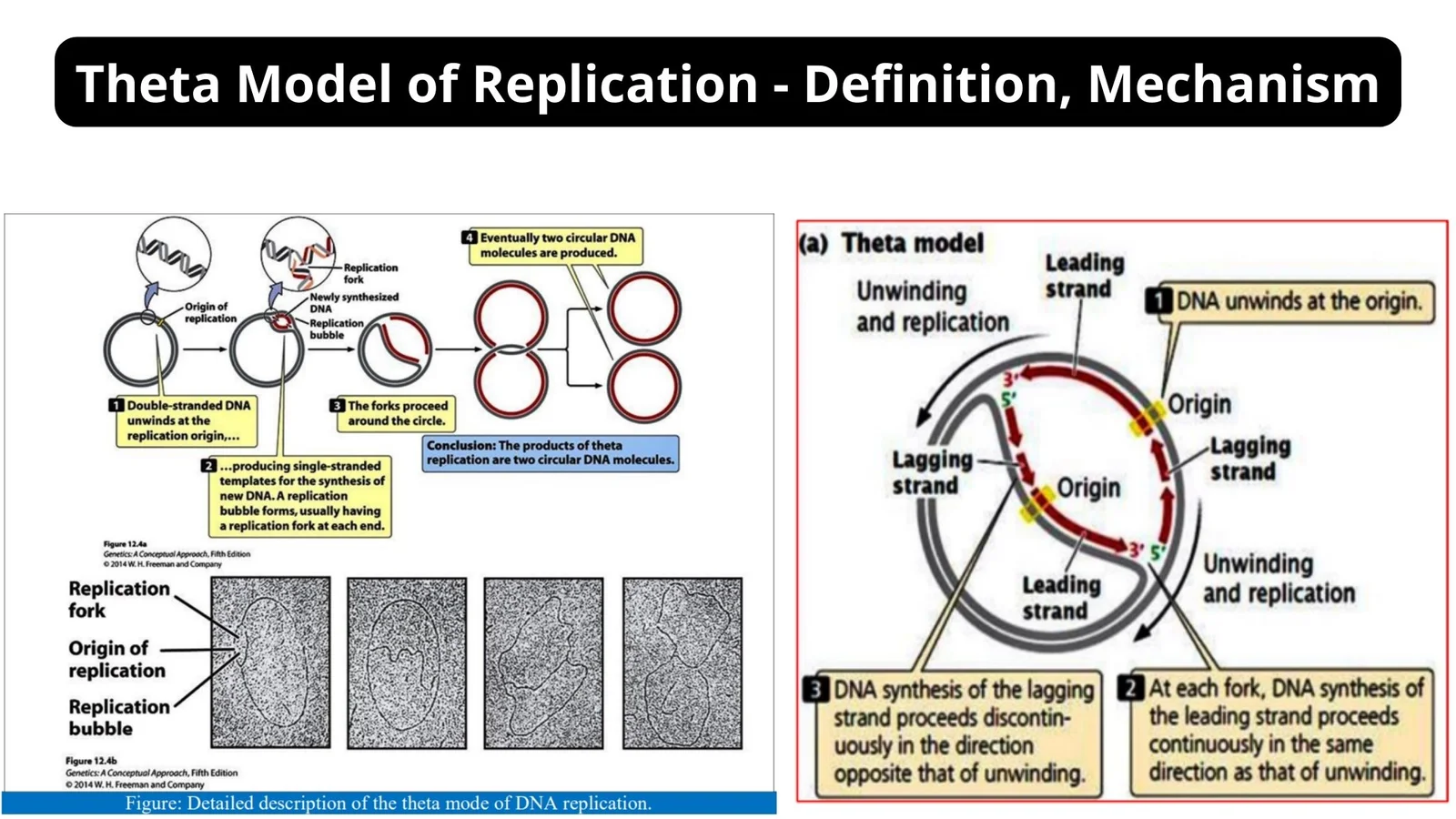Urinary Tract Infection (UTI) – Pathogenesis, Treatments, Diagnosis, Prevention
What is Urinary Tract Infection (UTI)? An illness affecting a portion of the urinary tract—that which comprises the kidneys, ureters, bladder, and urethral—is known as a urinary tract infection (UTI). Following are some salient features of urinary tract infections: Types of Urinary Tract Infection (UTI) UTIs can attack various urinary system segments, causing varied symptoms. … Read more









